Nội Dung Chính
(Page 107)
Present simple
I.1
| Affirmative | Negative | Questions |
| I work. | I don't work. | Do I work? Yes, I do. / No, I don't. |
| You work. | You don't work. | Do you work? Yes, you do. / No, you don't. |
| He / She / It works. | He / She / It doesn't work. | Does he / she / it work? Yes, he does. / No, it doesn't. |
| We / You / They work. | We / You / They don't work. | Do we / you / they work? Yes, we do. / No, you don't. |
I.2 Spelling: 3rd person singular (he / she / it)
We add -s to the end of most verbs.
+ -s: start → starts play → plays
We add -es if the verb ends in -ch, -ss, -sh, or -o.
+ -es: teach → teaches miss → misses
do → does go → goes
If the verb ends in a consonant + -y, we change -y to -i and add -es.
-y → -ies: study → studies carry → carries
The 3rd person singular form of have is has.
Present continuous
I.3 We form the present continuous with the present simple form of be and an -ing form:
| Affirmative | Negative | Questions |
| I'm playing. | I'm not playing. | Am I playing? Yes, I am. / No, I'm not. |
| You're playing. | You aren't playing. | Are you playing? Yes, you are. / No, you aren't. |
| He's / She's / It's playing. | He / She / It isn't playing. | Is he / she / it playing? Yes, he is. / No, she isn't. |
| We're / You're / They're playing. | We / You / They aren't playing. | Are we / you / they are playing? Yes, we are. / No, you aren't. |
I.4 To form the -ing form, we add -ing to the end of most verbs.
+ -ing: work → working study → study
With most verbs ending in -e, we drop the -e and add -ing.
-e → - ing: dance → dancing write → writing
But if the verb ends in -ee, we simply add -ing.
+ -ing: agree → agreeing see → seeing
And if the verb ends in -ie, we change the -ie to -y and add -ing.
-ie → -ying: die → dying lie → lying
If the verb ends in a short accented vowel + a consonant, we double the consonant and add -ing.
drop → dropping plan → planning chat → chatting
Contrast: present simple and present continuous
I.5 We use the present simple:
• for something that always happens or happens regularly (e.g. every week, often, sometimes).
Tamer cycles to school every day.
• for facts.
Cows eat grass.
I.6 We use the present continuous for:
• something happening at this exact moment or around this time.
Dan is wearing a T-shirt. (at this moment)
Dan is working hard this term. (around this time)
• future arrangements.
We're playing volleyball tomorrow.
I.7 We don't use the present continuous with certain verbs. Their meaning is usually connected with a state rather than an action. They include:
• hate, like, love, need, prefer, want, wish
• believe, know, mean, realise, recognise, remember, suppose, understand
• belong, contain, depend, matter, owe, possess
I don't understand the task.
NOT I’m understanding the task. x
Articles
I.8 We use a when we talk about something for the first time. We use the if we mention it again.
I've got a cat and a dog. The cat is black and white.
I.9 We use the when it is clear what we are talking about, perhaps because there is only one of them.
Let's go to the park. (There's only one park near here.)
Pass me the cup. ( I'm pointing to it.)
Look at the moon!
I.10 We use a to say what someone's job is.
My uncle is a taxi driver.
I.11 Some set expressions include the:
listen to the radio go to the cinema play the guitar
Some set expressions don't have an article:
watch TV listen to music go to bed go to school
be at home / at work / in hospital / at university
I.12 We don't use an article when we are making a generalisation.
I don't like spicy food. √
NOT I don't like the spicy food. x
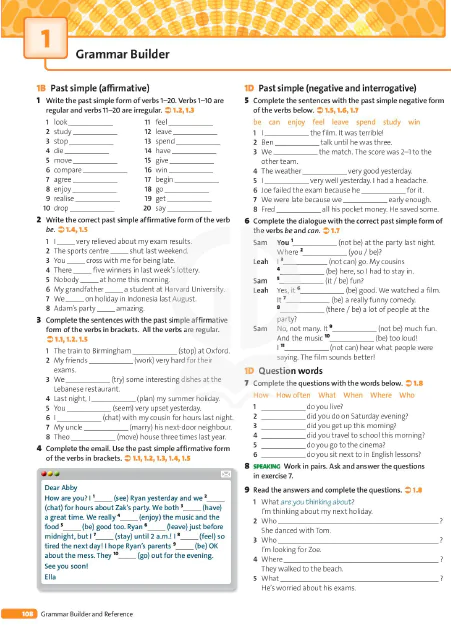
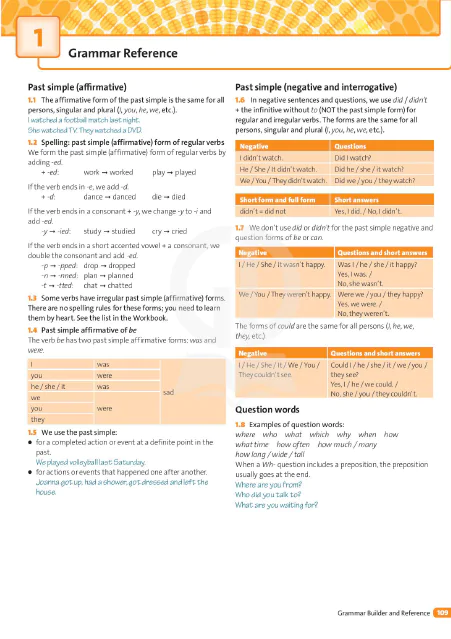
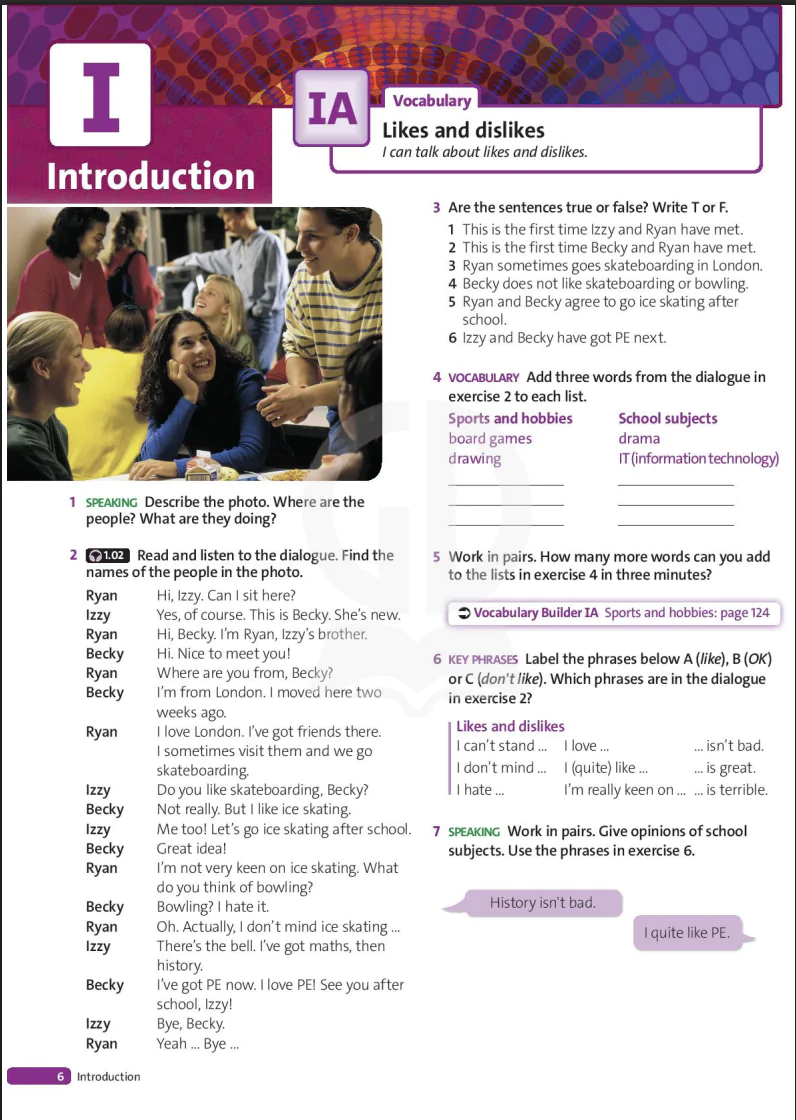
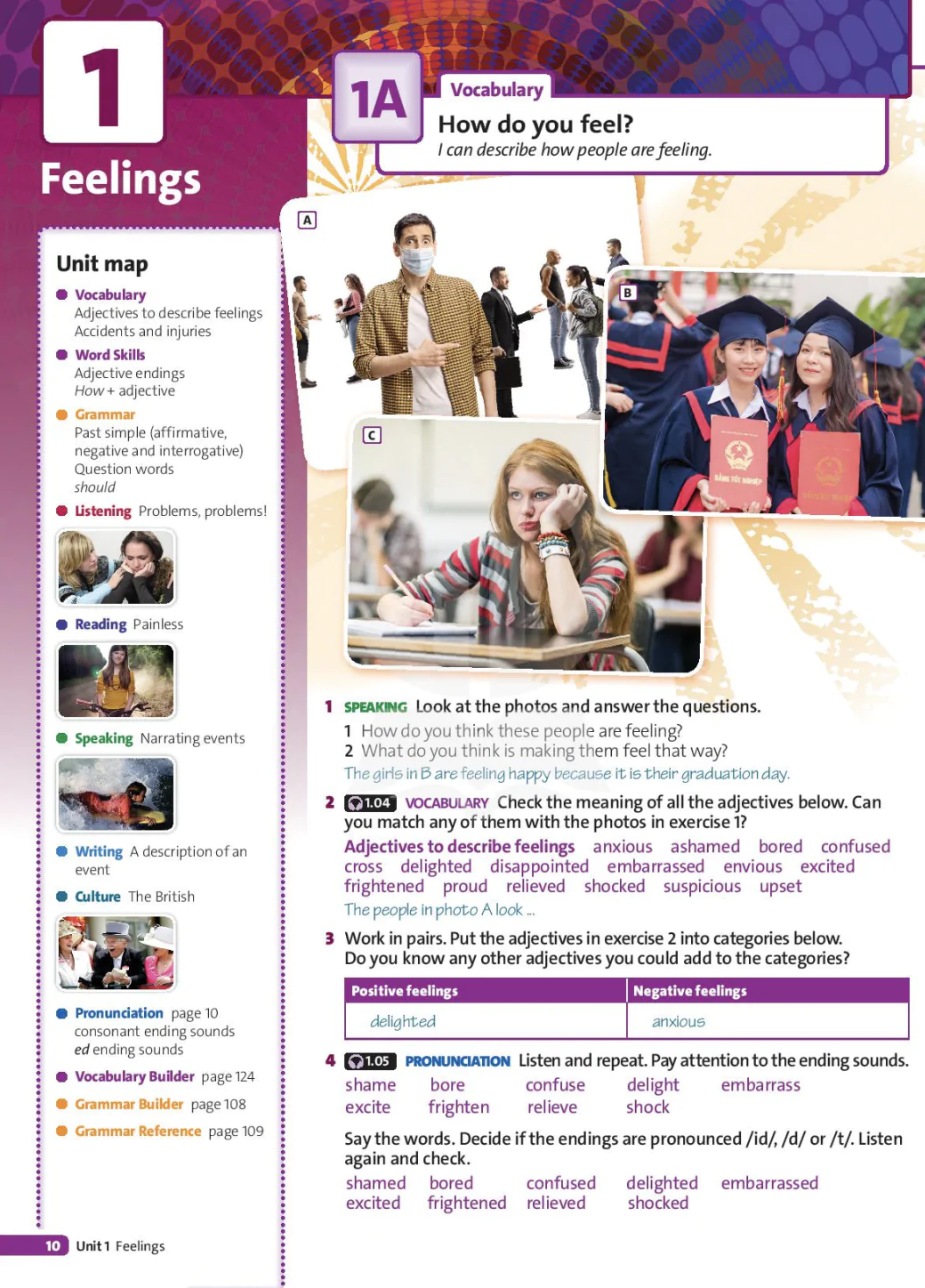

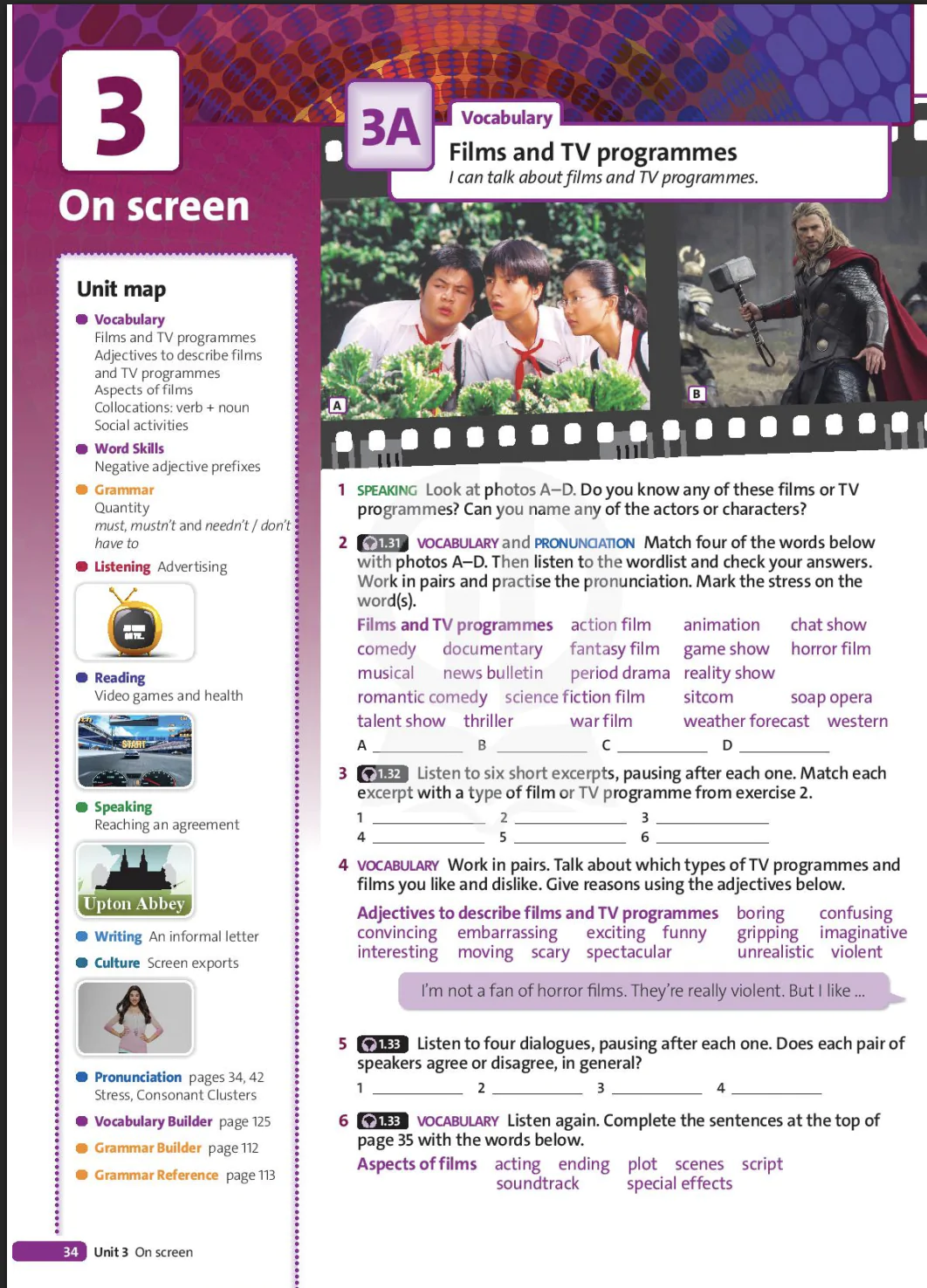
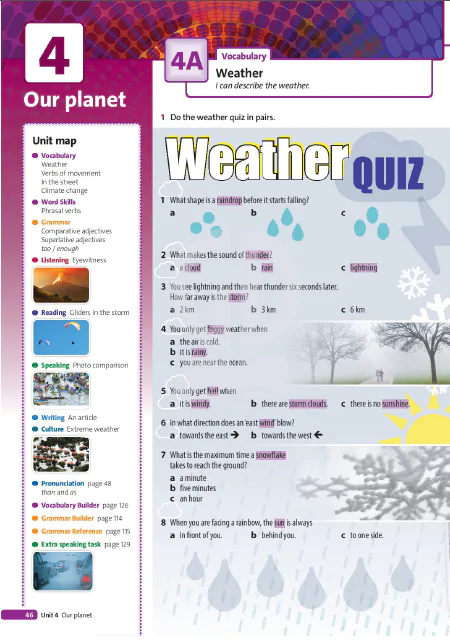
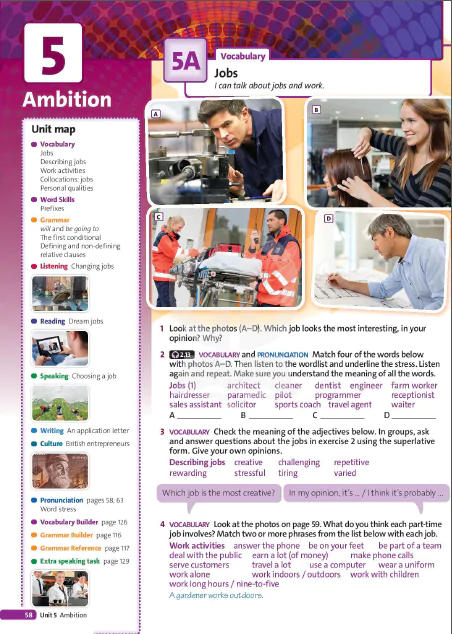
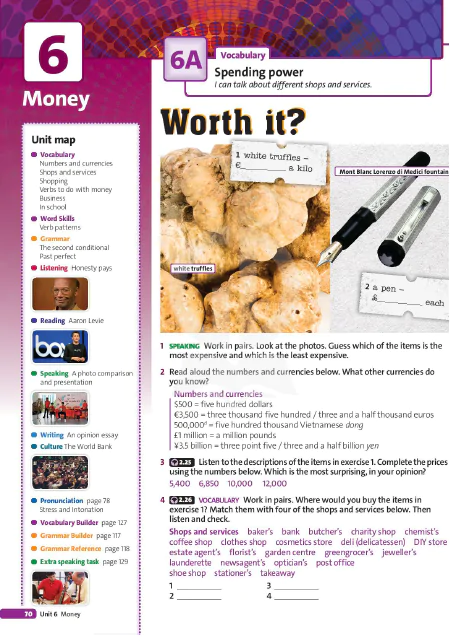
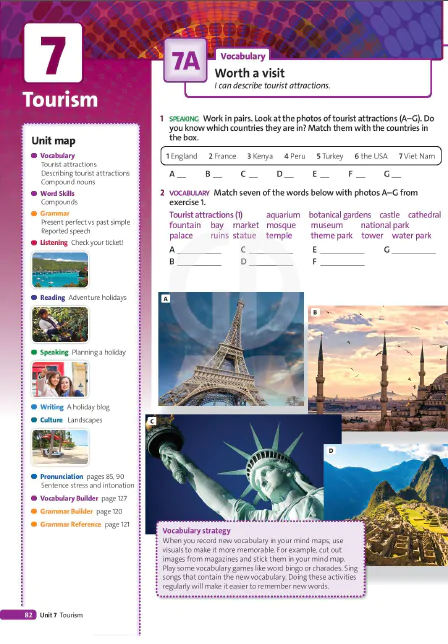
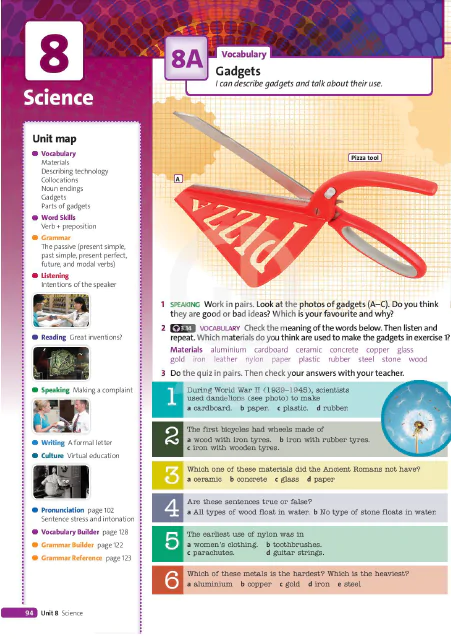

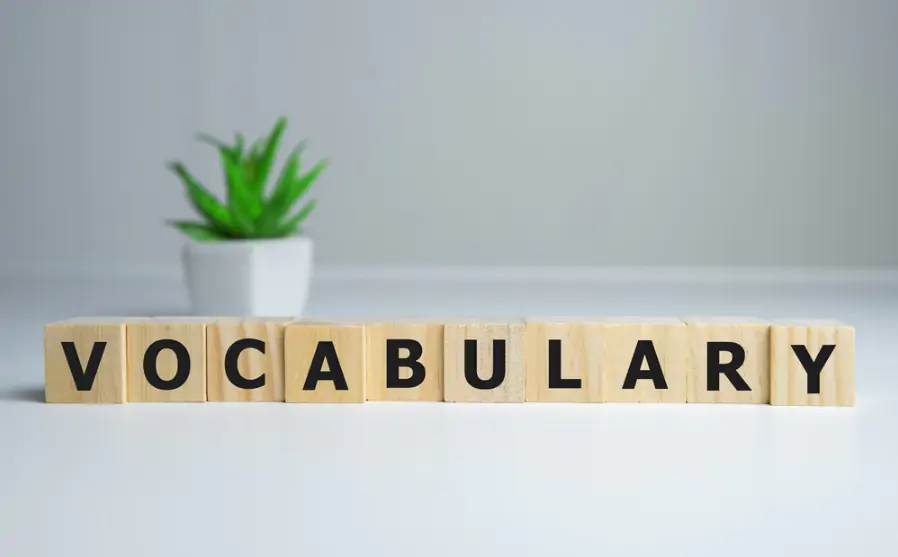
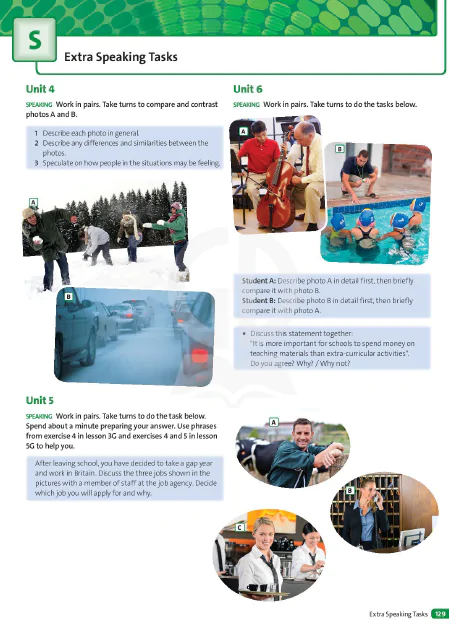
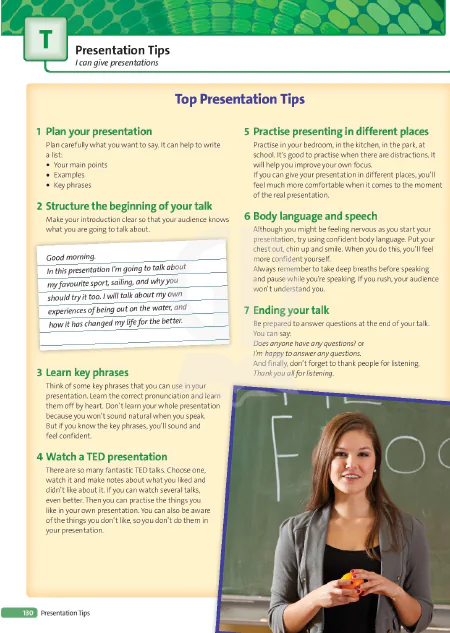
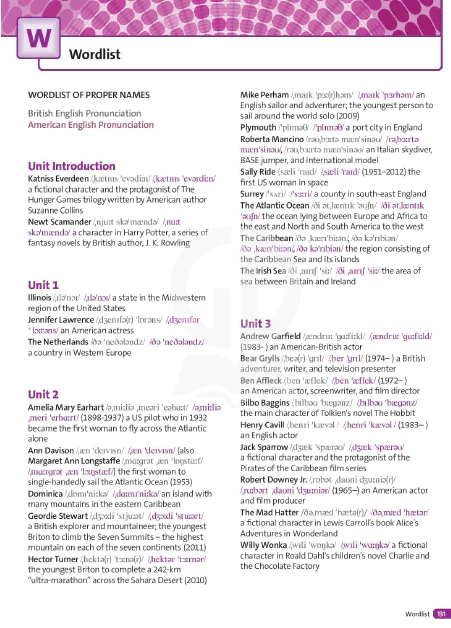


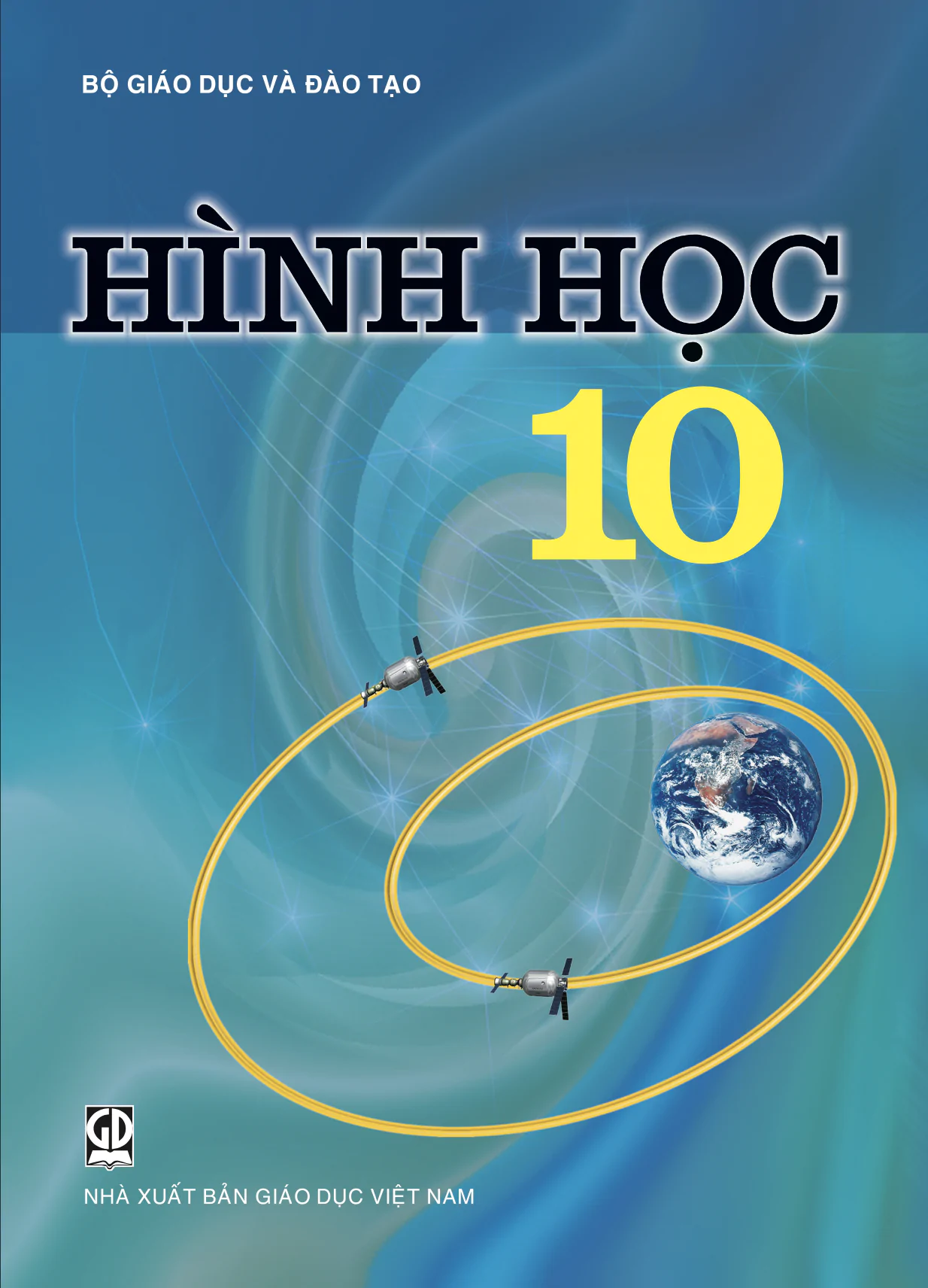
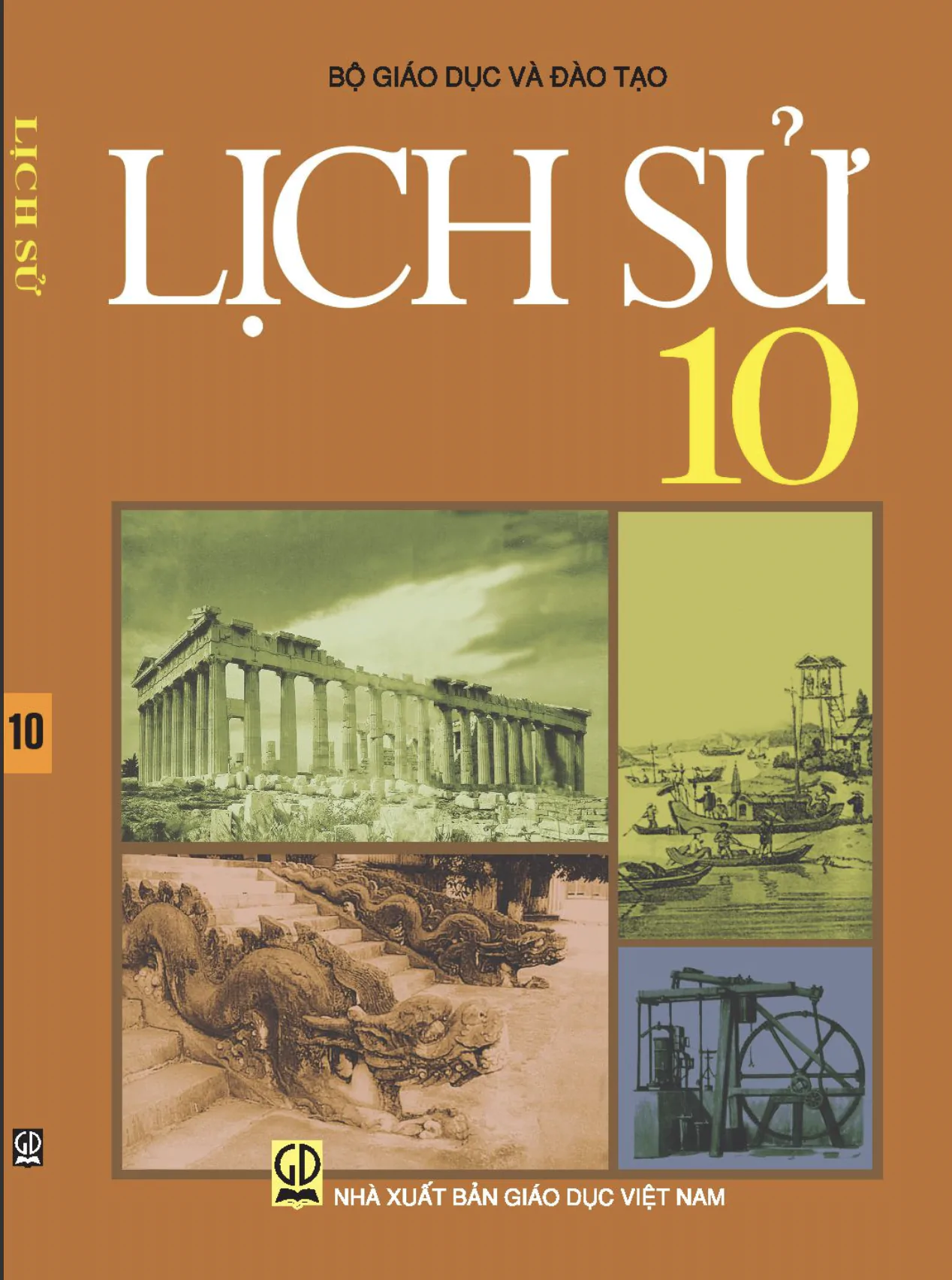

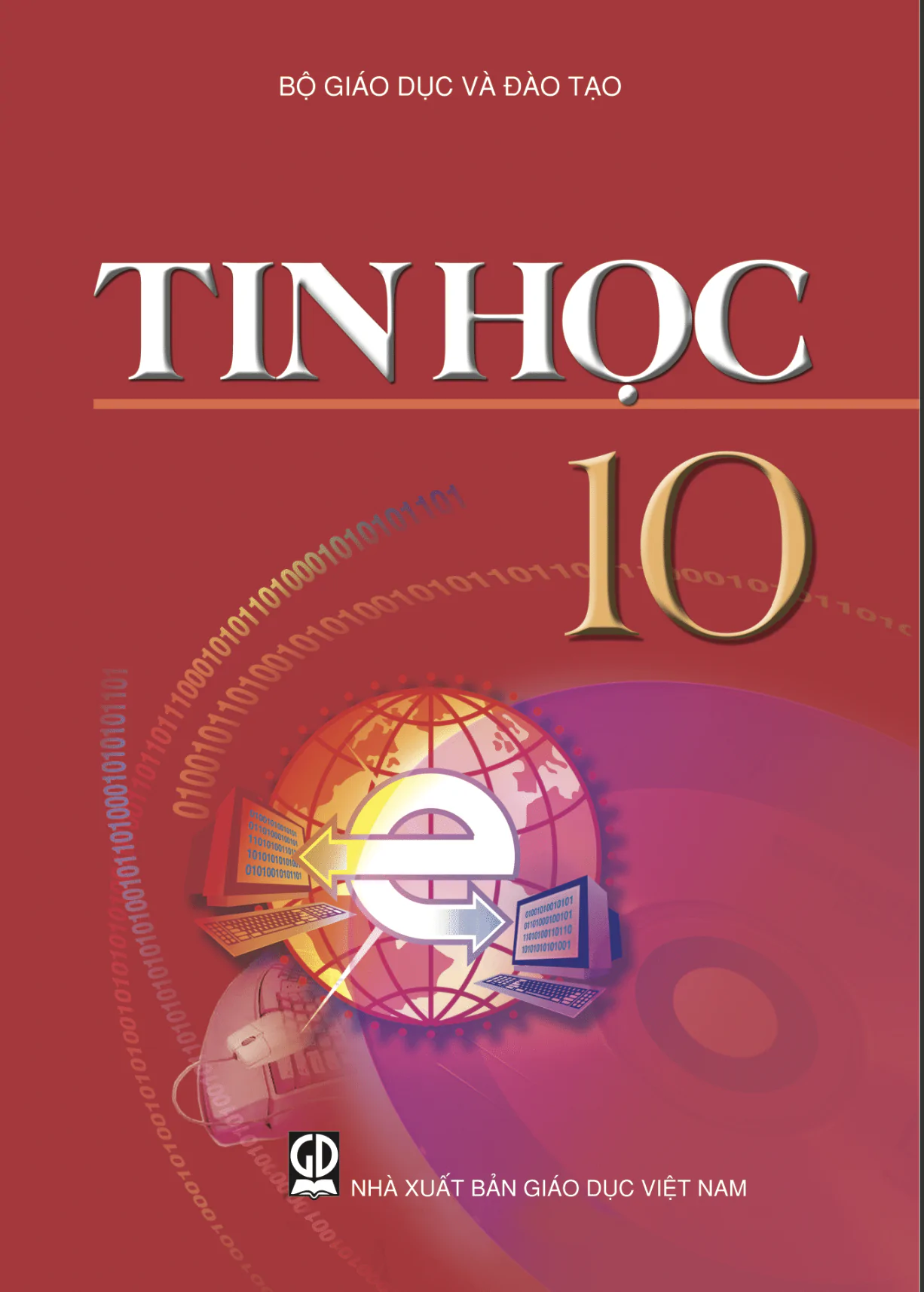

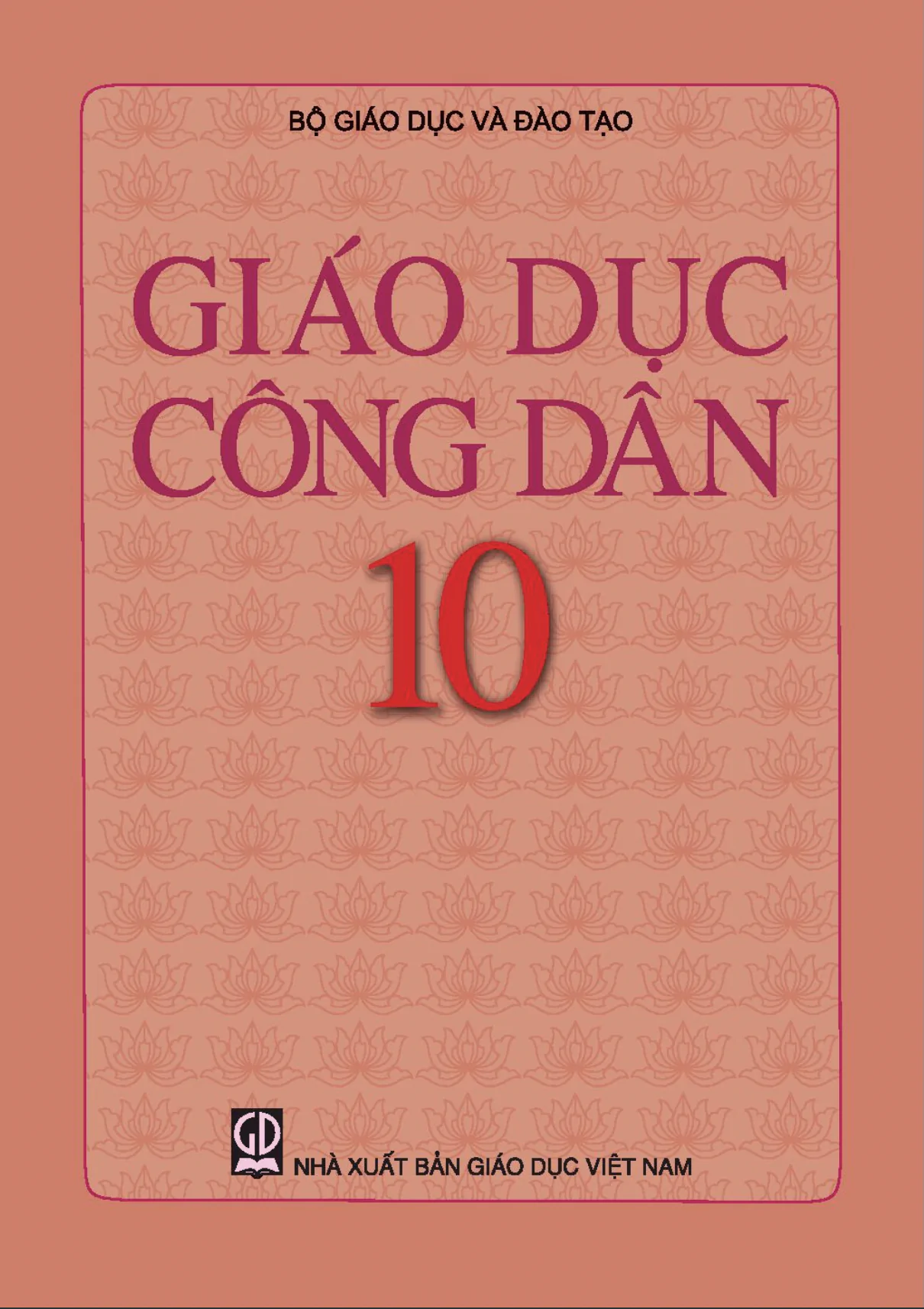
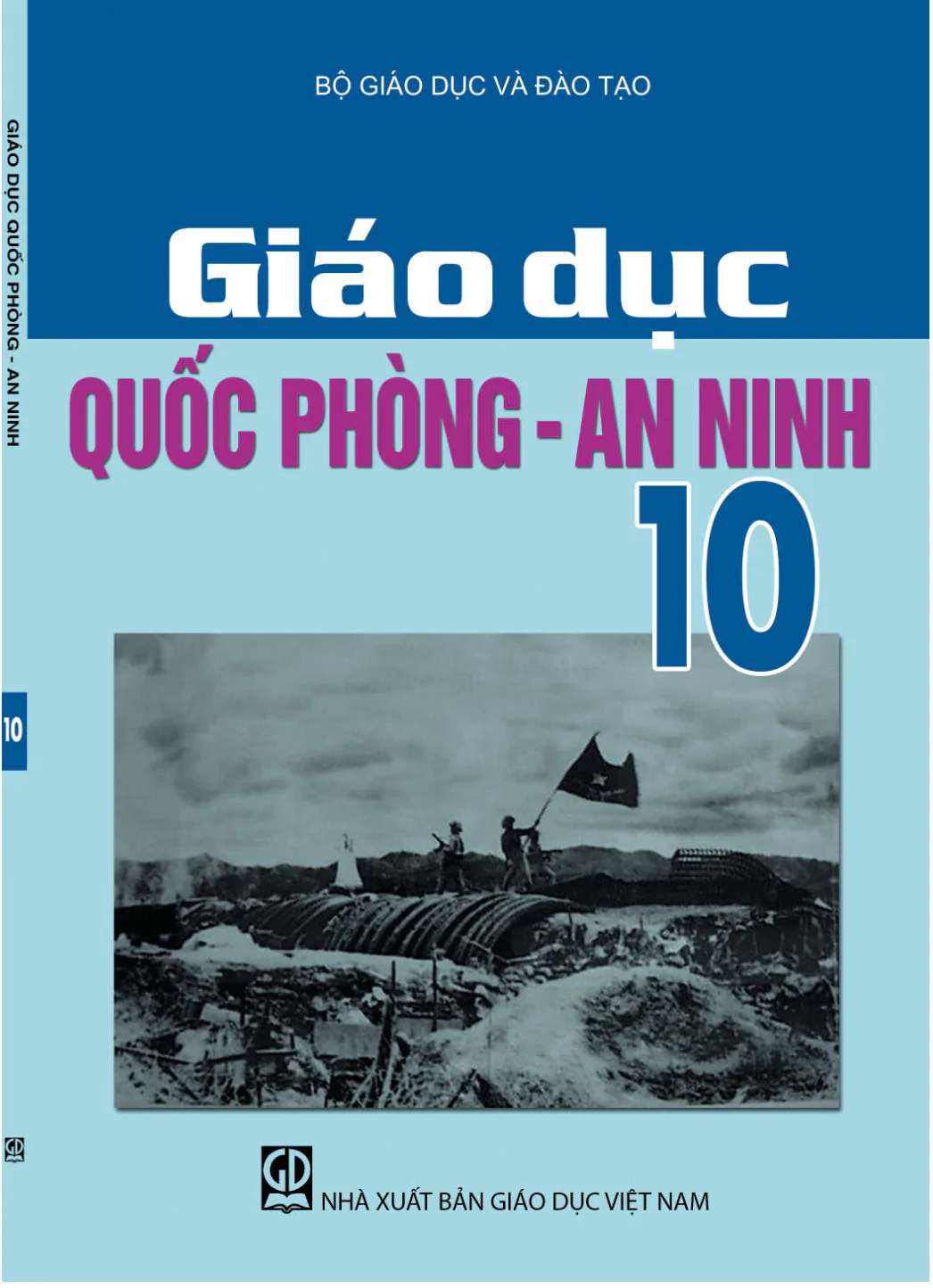

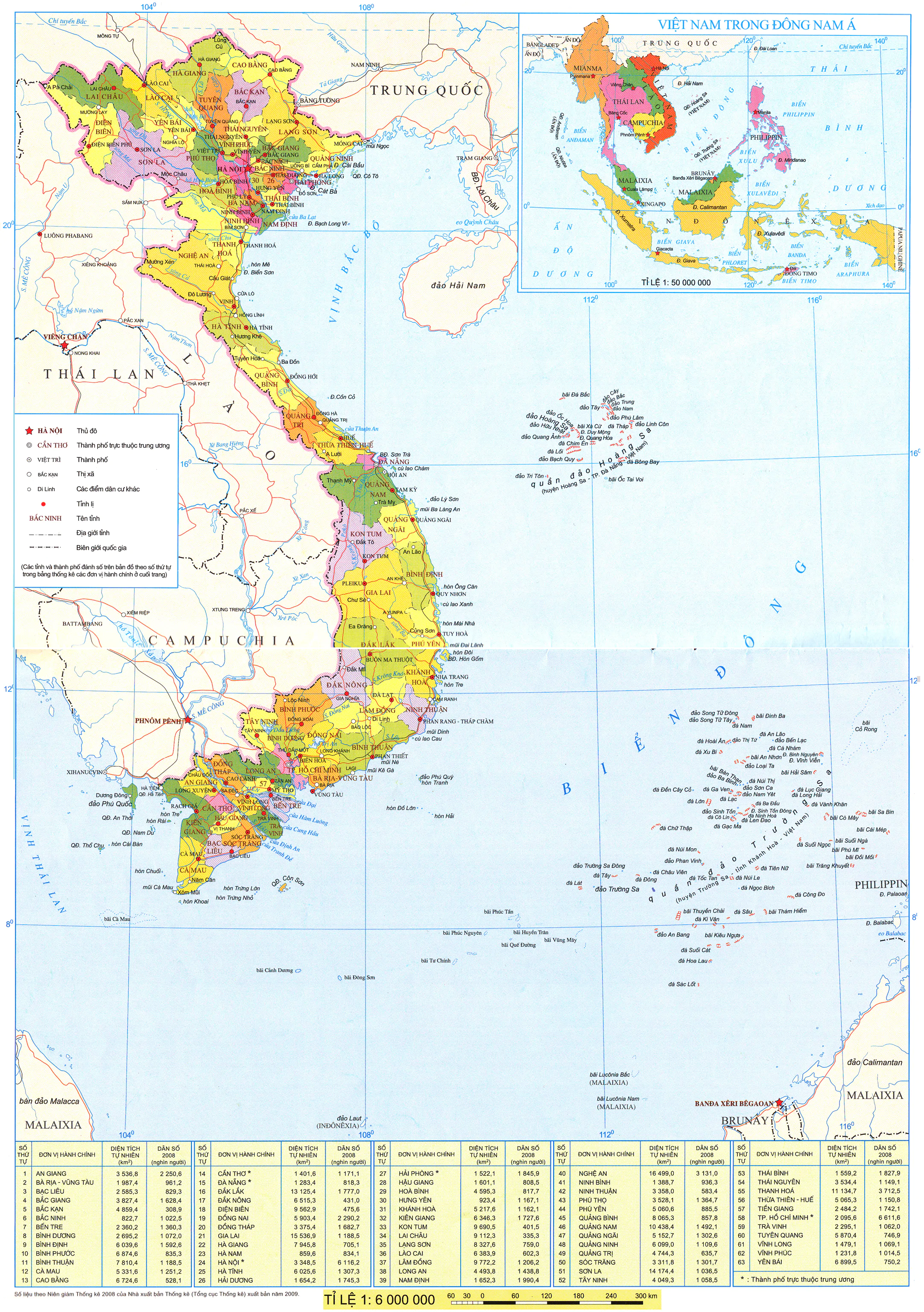
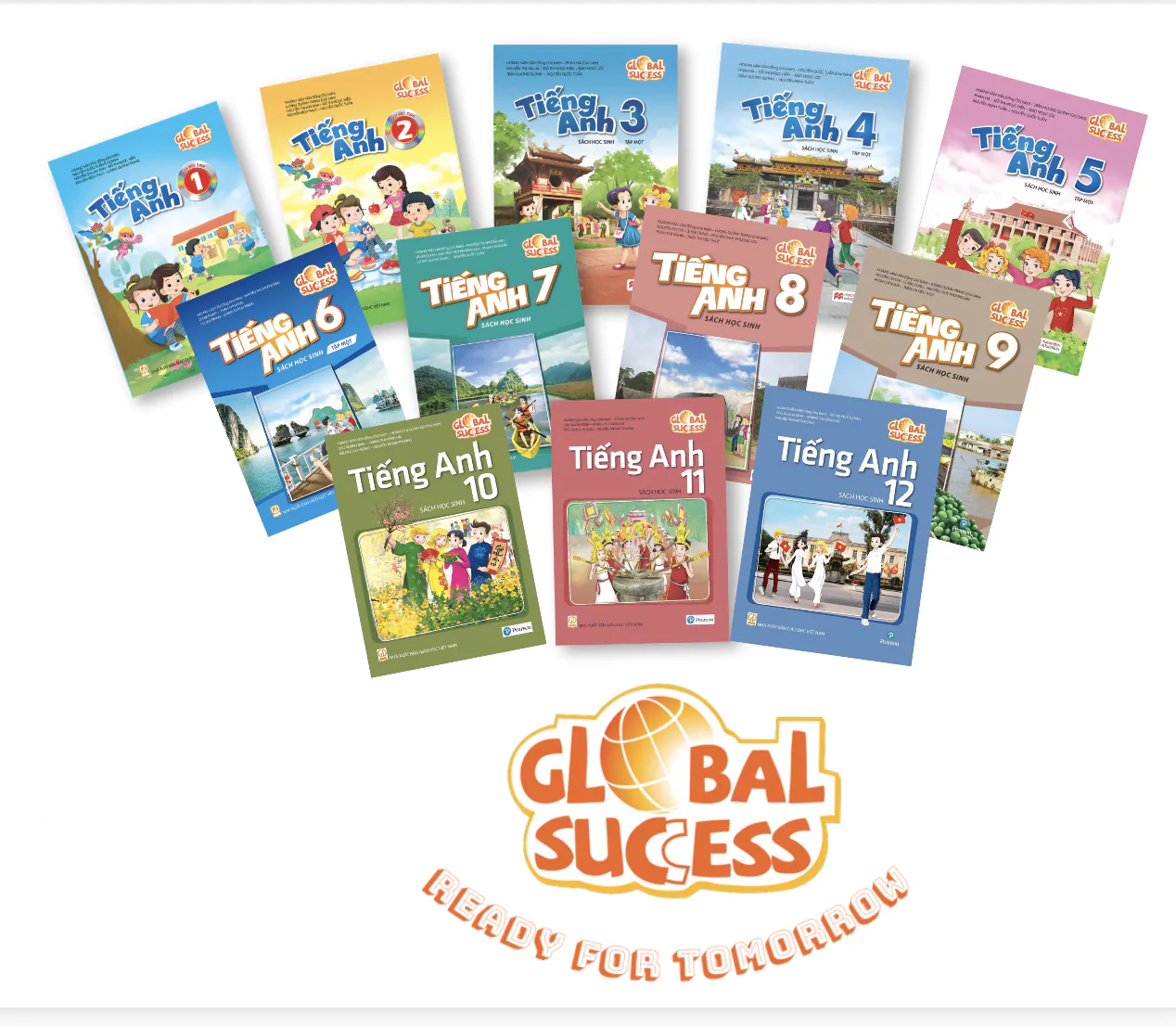
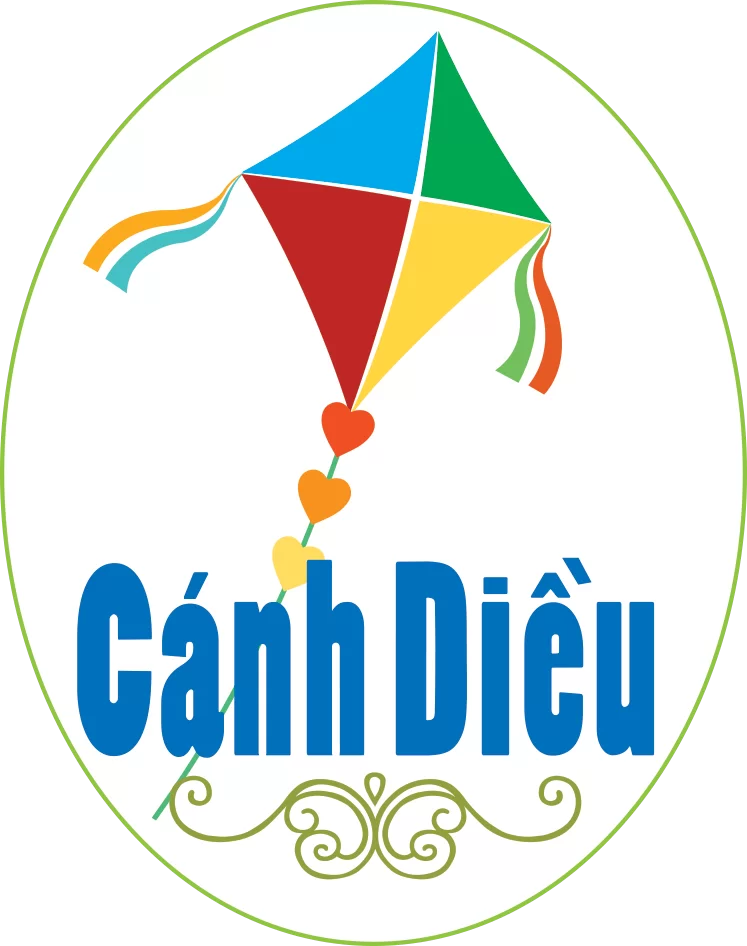













Bình Luận
Để Lại Bình Luận Của Bạn